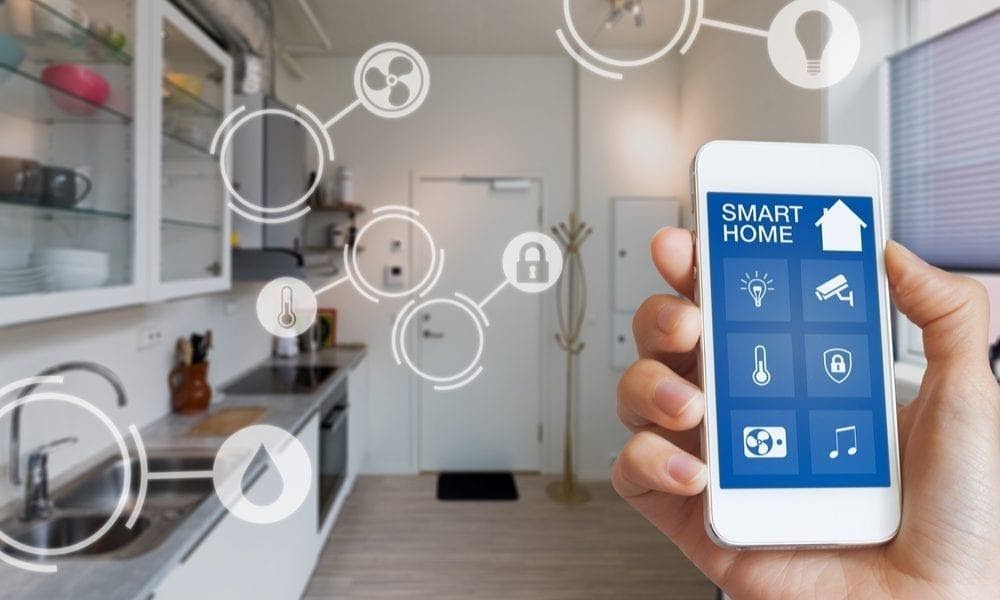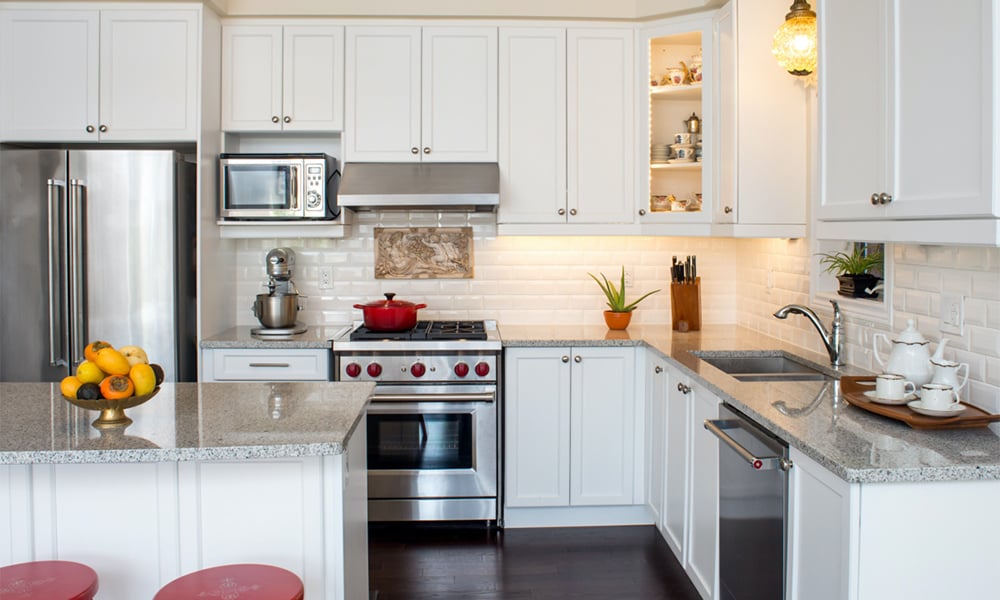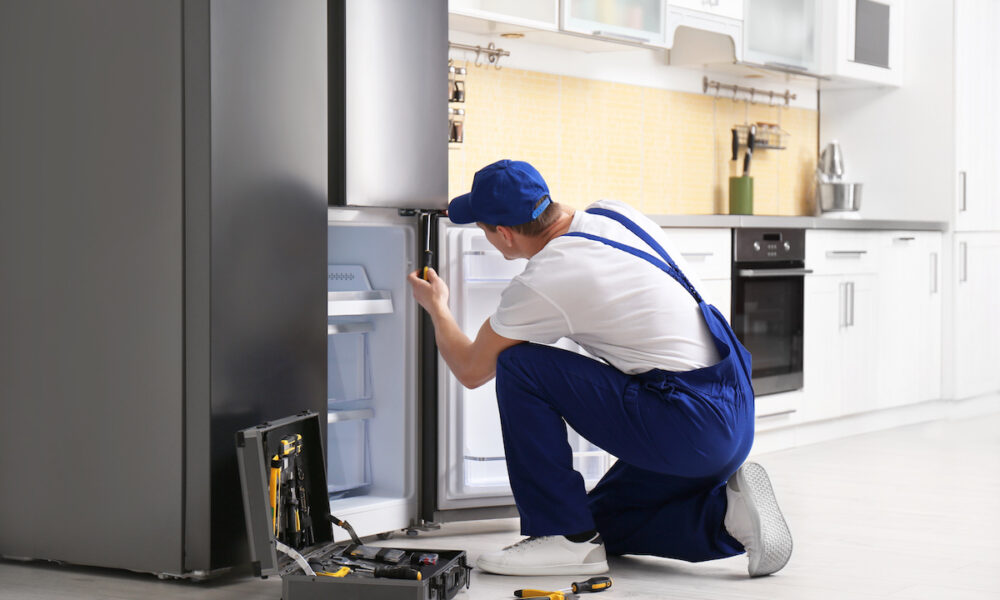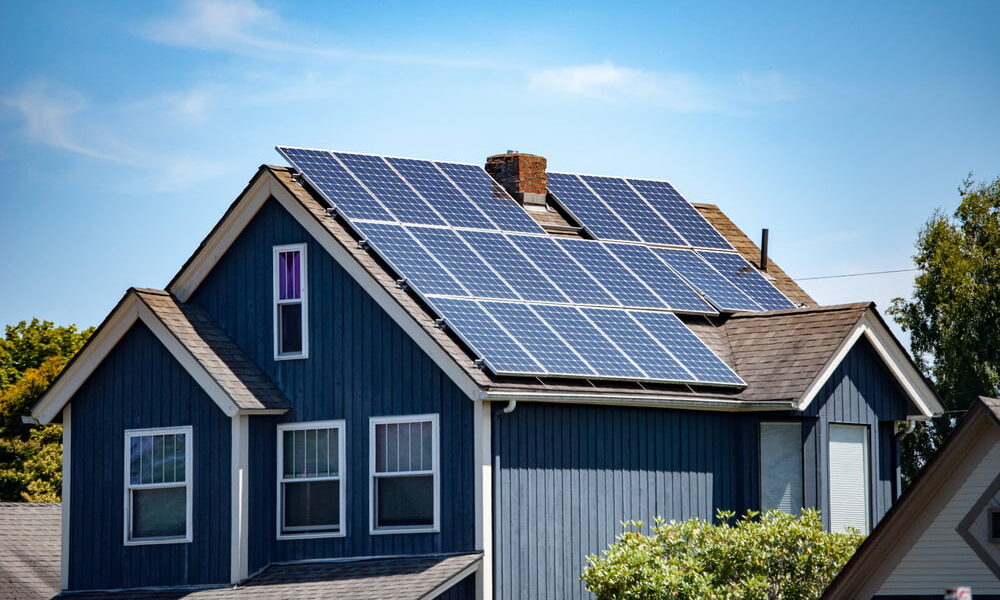In today’s modern world, technology has revolutionized the way we live. One of the significant advancements in technology is the introduction of smart home integration for appliances. Smart home integration allows homeowners to control and automate various household appliances through a centralized system, providing convenience, energy efficiency, and enhanced security. This article will explore the benefits and features of smart home integration for appliances.
Benefits of Smart Home Integration for Appliances

1. Convenience: With smart home integration, you can control your appliances from anywhere using your smartphone or voice commands. Imagine being able to turn on your air conditioner or start your washing machine while you’re still at work, ensuring a comfortable environment or having clean clothes ready when you arrive home.
2. Energy Efficiency: Smart home integration allows you to monitor and manage your energy consumption. You can set schedules for your appliances to operate during off-peak hours or turn them off remotely when not in use. This feature helps reduce energy waste and lowers your utility bills.
3. Enhanced Security: Smart home integration offers various security features for your appliances. For instance, you can set up motion sensors that trigger lights or sound alarms to deter potential intruders. You can also receive real-time alerts on your smartphone in case of any unusual activities detected by your appliances.
Features of Smart Home Integration for Appliances
1. Centralized Control: Smart home integration provides a centralized control system, allowing you to manage multiple appliances from a single interface. You can create custom settings, schedules, and automation rules to suit your preferences and lifestyle.
2. Voice Control: Most smart home integration systems are compatible with voice assistants like Amazon Alexa or Google Assistant. You can simply use voice commands to control your appliances, making it even more convenient and hands-free.
3. Remote Access: With smart home integration, you can access and control your appliances remotely through dedicated mobile apps. Whether you’re at work, on vacation, or simply in another room, you can monitor and control your appliances with ease.
4. Interconnectivity: Smart home integration allows your appliances to communicate and interact with each other. For example, your smart thermostat can communicate with your air conditioner, ensuring optimal temperature settings while minimizing energy consumption. This interconnectivity enhances the overall efficiency and performance of your appliances.
Smart home integration for appliances offers a plethora of benefits, including convenience, energy efficiency, and enhanced security. With centralized control, voice commands, remote access, and interconnectivity, managing your appliances has never been easier. As technology continues to advance, smart home integration is becoming increasingly popular and accessible to homeowners. Embracing this innovation can transform your home into a modern, efficient, and intelligent living space.




